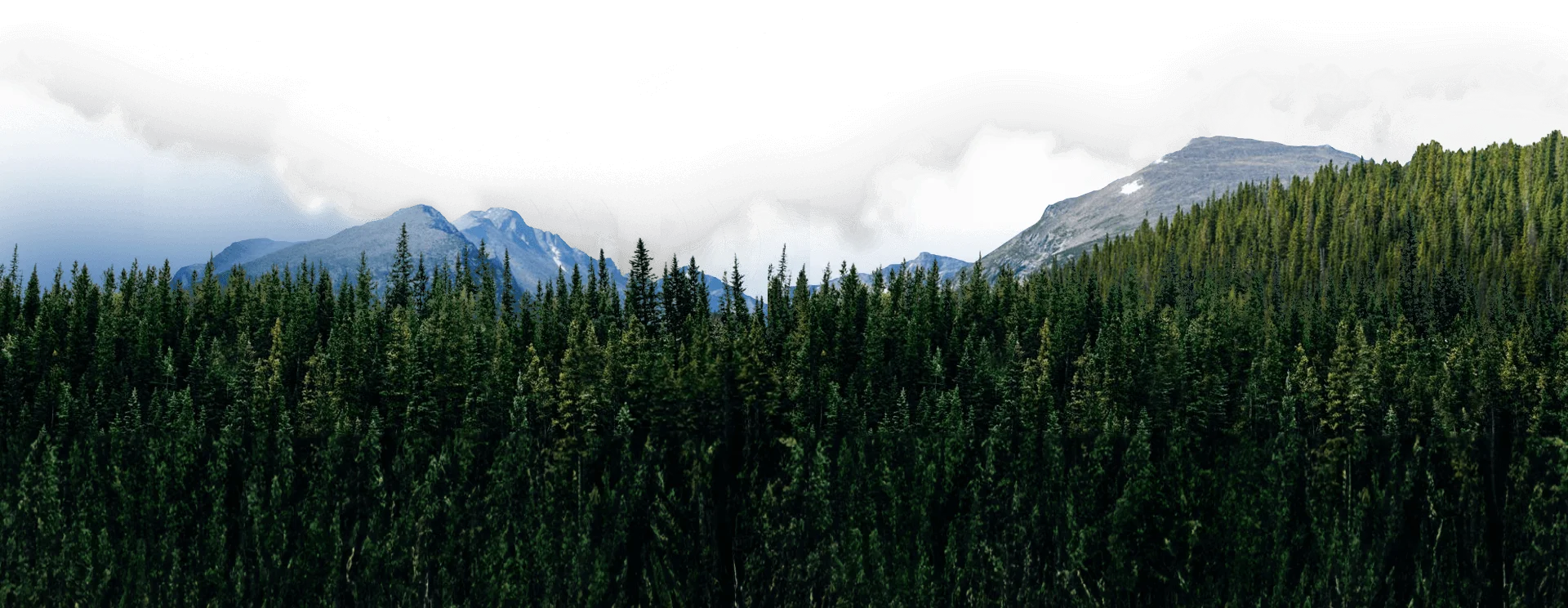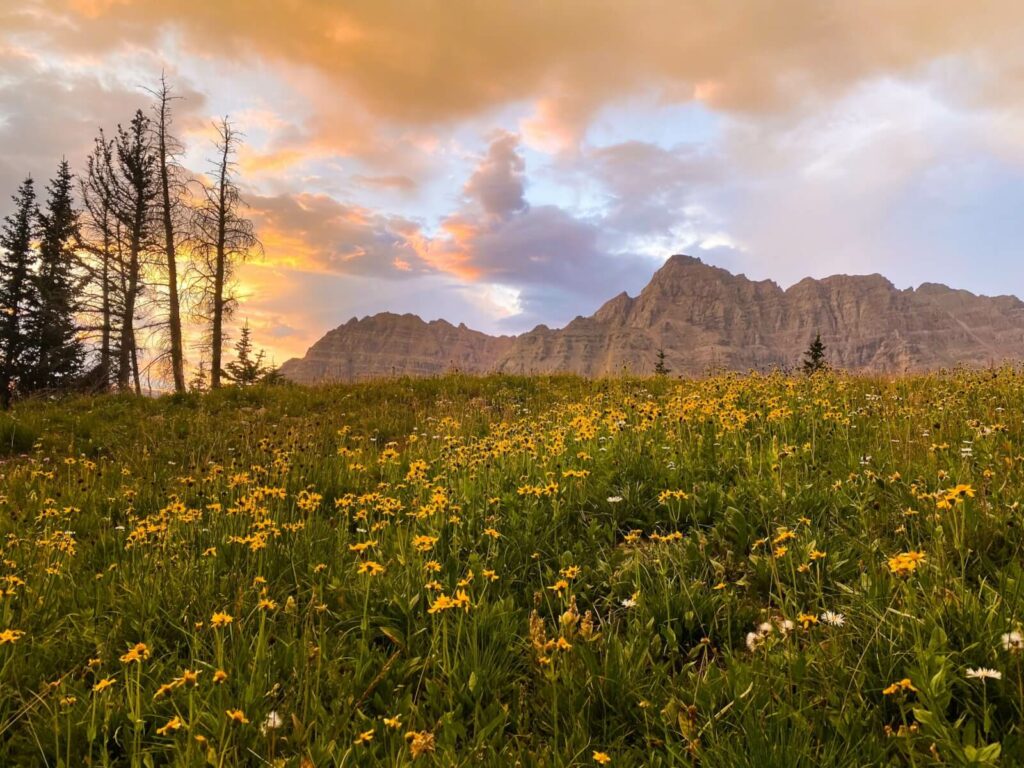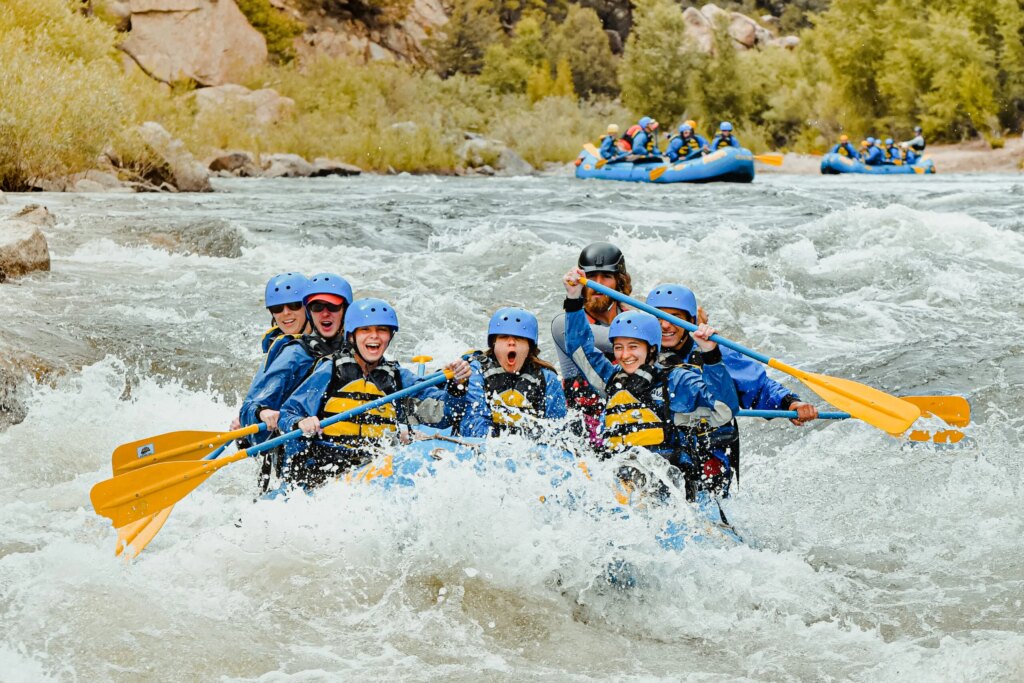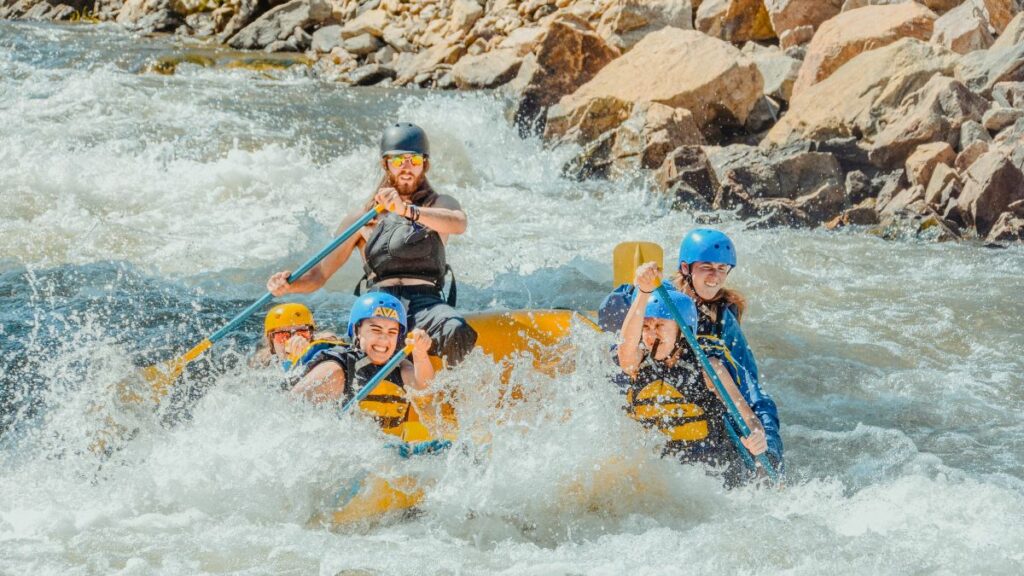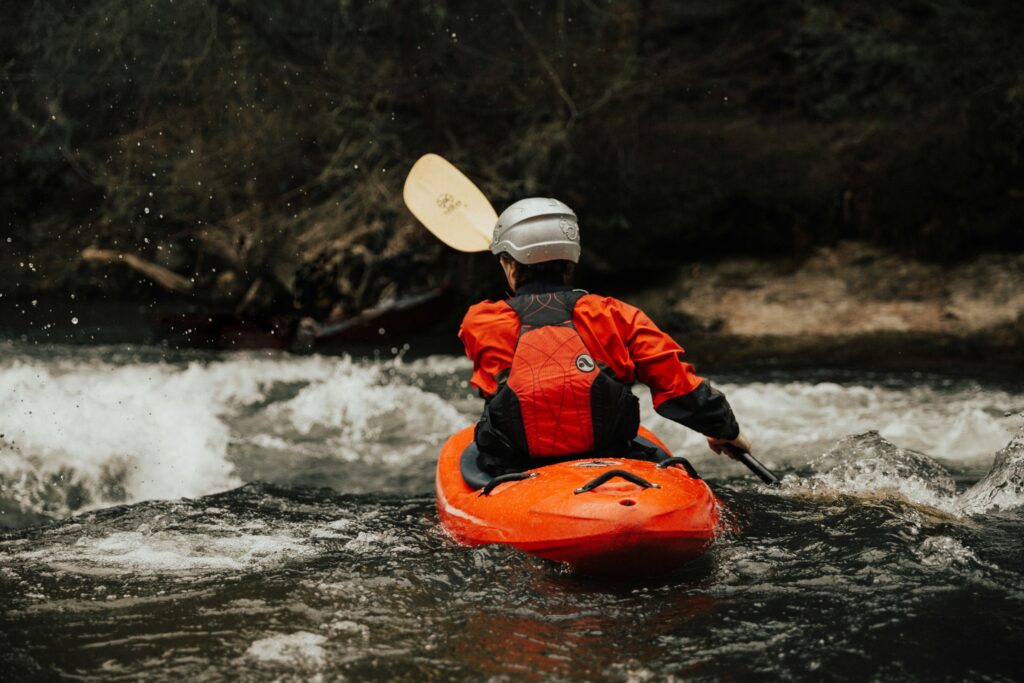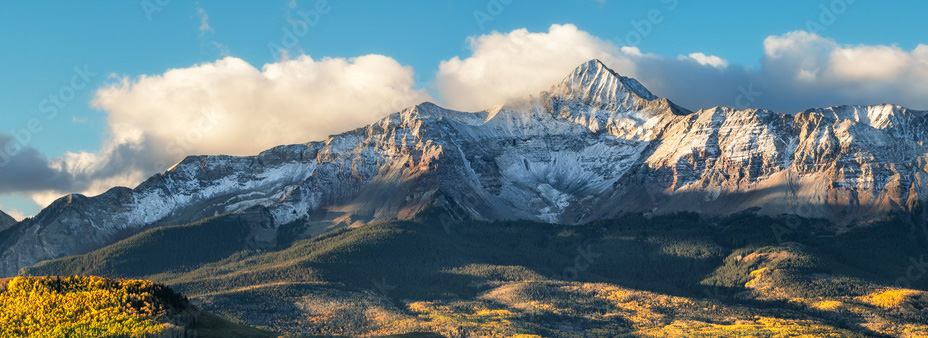White water rafting has a much longer history in the U.S.A. than most people probably can imagine. Tales of navigating the swift moving rivers out west go back several centuries beginning with Native Americans utilizing the tributaries of the rivers scattered across the region, all the way up to today where whitewater rafting is one the largest recreational activities in the modern day.
Centuries ago, Native Americans crafted very sturdy wooden rafts to access the waters on the hunt for the rich fishing spots. The raft building skills learned and passed through generations of Native Americans were eventually passed on to Lewis and Clark as they made their journey west through the great Northwest.
Early 1800’s
Whitewater rafting can be traced back to 1811, when the first recorded trip on the Snake River was planned. Lack of training, experience, and equipment led to the decision that the river was too dangerous to navigate. The Snake River was appropriately nicknamed “The Mad River”. Today, the Class III rapids of the Snake River are popular whitewater runs in Idaho and Wyoming.
1840 – 1940
In 1840, the first rubber raft was constructed in order to attempt to survey the Rocky Mountains via the Snake River through the Grand Tetons. This was a failed attempt – the rough waters proved to be too much for the raft and it was destroyed. It would not be until a hundred years later before we see the reintroduction of the rubber raft. Using surplus military rafts in 1940, we begin to see the emergence of recreational raft trips on the Snake River in northwest Wyoming.
Mid 1900’s
In the 1950’s, J.D. Rockefeller Jr. opened a resort on the Snake River in the Grand Tetons. The first rubber rafts utilized were 8’x 27′. These float trips carried just 500 people the first year. The demand continued to increase as time goes on, and the first commercial rafting companies emerge in the 1960’s and 70’s.
Late 1900’s
In 1972, whitewater rafting was an Olympic event for the first time. The canoe slalom made it’s appearance at the Munich Games, but didn’t occur again in the Olympics until 1992. The industry grew rapidly through 70’s, 80’s, 90’s and into the new century.
Today
White water rafting remains a favored activity today. As popularity has increased, the technology evolved and we have noticed a drastic change in the quality of gear. The pioneers were using primitive rafts with limited flotation that would get heavier as they fill up with water. These rafts are known today as “bucket boats” because of the necessity to bring buckets along to empty the rafts. Innovative thinking lead to self-bailing rafts, with intentional holes to release water as they fill. We also noticed the addition of helmets for safety that were rarely used in the early rafting days. This improvement in technology has made rafting a much safer sport, which has attracted a new crowd of thrill seekers.
The number of people enjoying this activity has grown tremendously from 500 annually in the 1950’s, to hundreds of thousands each year nowadays. AVA Rafting & Zipline was founded in 1998, and we are now approaching 20 years of navigating some of the best whitewater in Colorado.
Book your rafting trip for 2018 with AVA today! With rivers all across the state of Colorado and covering all levels of expertise, you’re sure to find the perfect activity for you and your group. Not sure which adventure you’d like to take on? Check out our Help Me Choose feature. We’ll see you on the water!
